While The National Archives is closed, nobody can research using original documents. This, of course, is a huge problem for all researchers, but it can be particularly hard for those working with visual collections, where the most important thing is being able to see!
However, all is not lost. There are plenty of creative ways to continue your research and prepare for the day when the archive is open again. This blog is designed to offer advice to researchers and research students interested in art, design, photographs and material culture. It may be particularly useful to those students who are in the process of identifying a dissertation or thesis topic and have limited time to do so.
What visual collections are we talking about?
Images of all kinds are scattered throughout the documents in The National Archives. However there are some record series that are particularly rich with visual material. If you are not yet familiar with the materials we hold, the best thing to do is to look at the list below and click on the links to the relevant research guides. Our research guides are available online and provide detailed information about the records.
Copyright records
Photographs and artwork registered for copyright with The Stationers’ Company between 1842 and 1924 (but mostly up to 1912). For more information on copyright records, see this research guide.
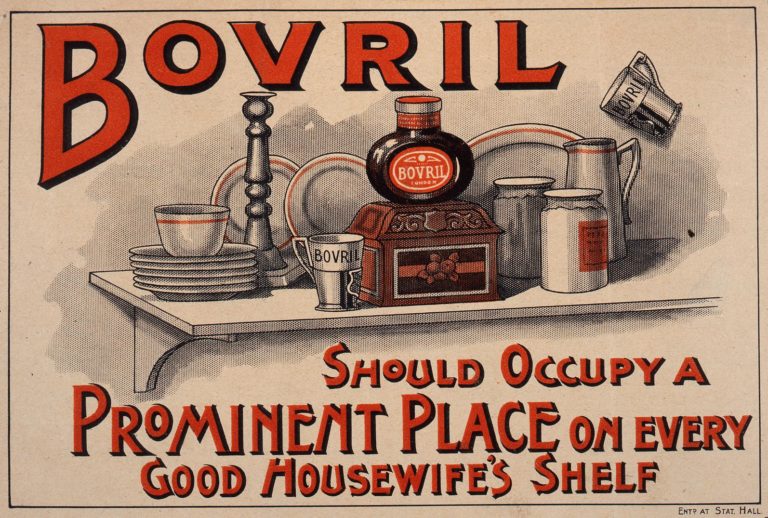
Registered designs
Almost three million designs used for textiles, glasswork, metalwork, ceramics, furniture, wallpaper and other decorative arts and manufactured objects. For more information on registered designs, see this research guide.
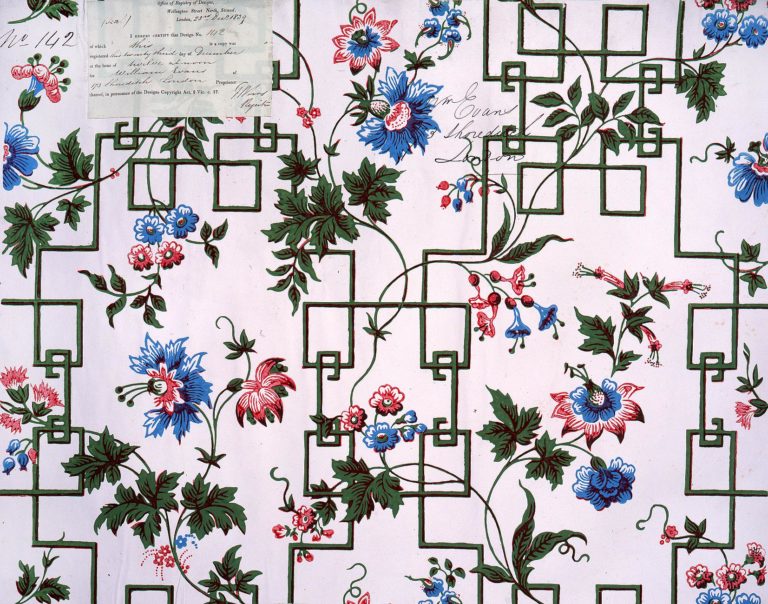
Trade marks
Drawings, paintings and prints of trade marks, created by British and foreign businesses between the mid-19th and mid-20th centuries. For more information on registered designs, see this research guide.
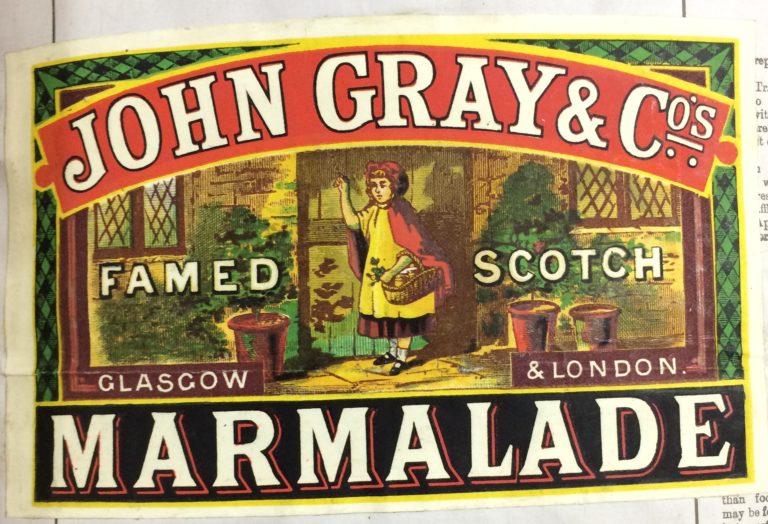
Government publicity material
Posters and other publicity material produced by the British government in the 20th century, including wartime propaganda material. For more information about these records, see our research guides to Art and Artists and Propaganda.
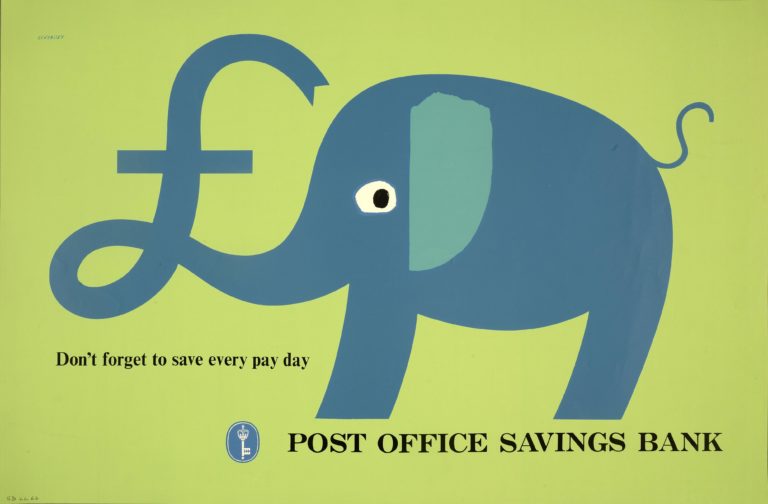
Architectural drawings
Architectural drawings and related records for buildings and other structures dating from the 18th, 19th and 20th centuries. For more information on architectural drawings, see this research guide. For architectural records found in other archives, see this research guide.
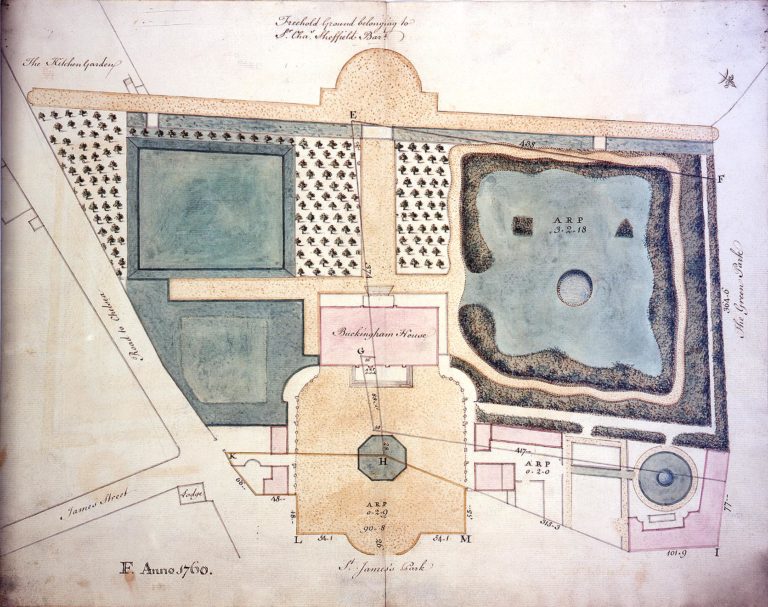
Original artwork
Drawings, paintings and designs commissioned or acquired by central government departments. For more information on original artwork records, see our research guide to Art and Artists.
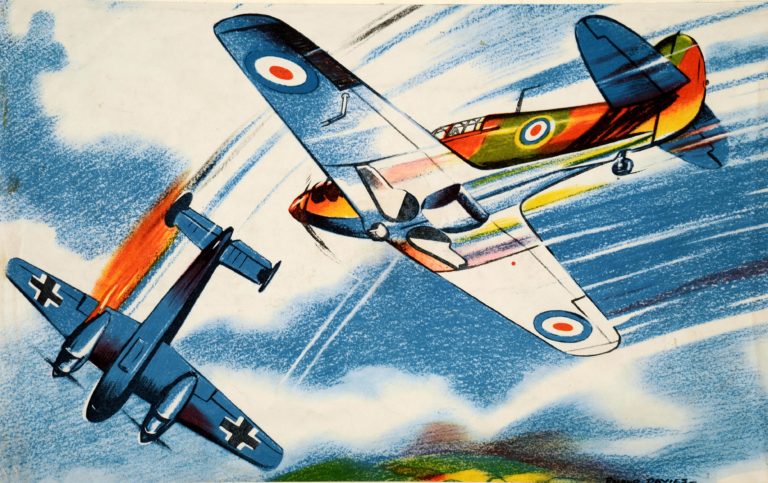
Photograph collections
Photographs produced, commissioned or acquired by government departments and photographs registered for copyright with The Stationers’ Company (see above). For more information on photographs, see this research guide.
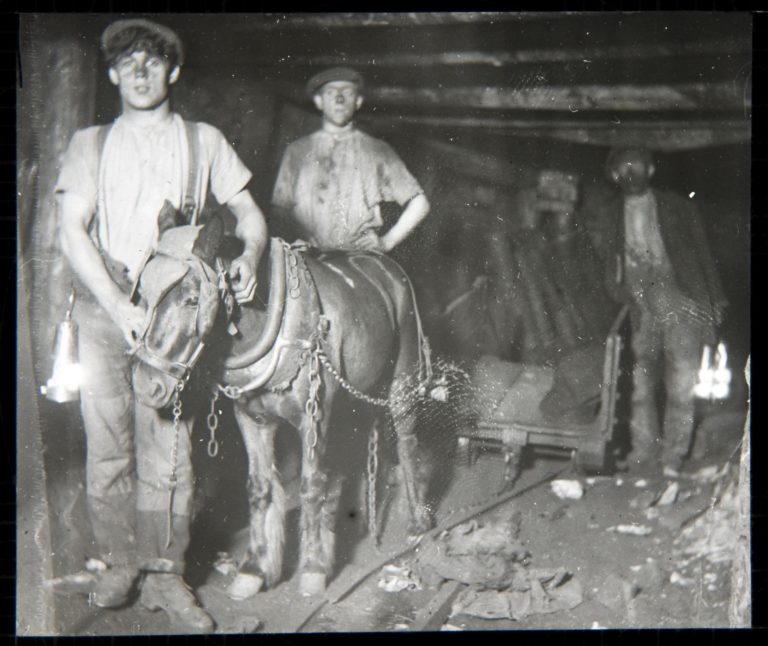
Using research guides
Our research guides are always the best place to start when researching our collections as they describe what the records are like, why we have them, how they are arranged in the archive and give step-by-step instructions on how to search for them.
It is important to familiarise yourself with the nature of the archive in order to better understand why records are arranged the way they are. Records are deposited in the archive in the same way they were accumulated by each government department. We do not curate or rearrange the records. This sometimes means that the process of finding specific visual materials in the archive can seem a little complex. But once you understand why this is, it becomes much easier!
Read the research guides carefully and, if you wish, practice following the instructions on how to find materials in our catalogue, Discovery. This will hopefully set you up so you are fully prepared when you do come into the archive to view the original documents.
Many research guides contain images of some of the records, to give you a sense of what they are like. These images can be helpful when you are deciding on the direction of your research.
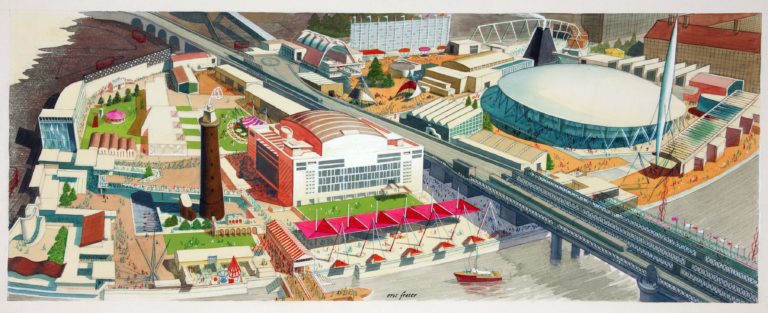
Interrogating catalogue data
Our catalogue, Discovery, may be your best research tool while the archive is closed. You can use it to search for and collate lists of document references to help you prepare for a future visit.
Some records are described in much more detail than others in the catalogue. For example, photographs registered for copyright have been fully catalogued meaning their catalogue descriptions contain the names of copyright owner and copyright author, a description of the photograph and the date it was registered for copyright. This means that, if you are interested in a particular photographer, subject or time period, you can search for records that may be of interest and prepare a list to guide you when you next visit the archive.
Other areas of the visual collections which are often catalogued in this amount of detail include government publicity material, artworks, architectural drawings and some photograph collections.
Discovery functions
One function of Discovery which can be useful is the ‘export’ option. This allows you to export your search results to a spreadsheet file, which you can then interrogate and analyse in more detail.
You can also browse the records to make sure you have located all records of interest in a certain series. For example, if you were interested in records of the Festival of Britain Office, you could browse records within WORK 25 rather than searching. That way you could be sure you were aware of all the relevant records held at The National Archives.
Digitised records
In a few cases, visual records have already been digitised and are available through the catalogue. You can locate these records by filtering your research results to include those results ‘available for download only’. For example COPY 1/81, which consists of paintings and drawings registered for copyright between January and March 1888, can be downloaded from the catalogue.
For guidance on searching and browsing the catalogue, have a look at Discovery help.
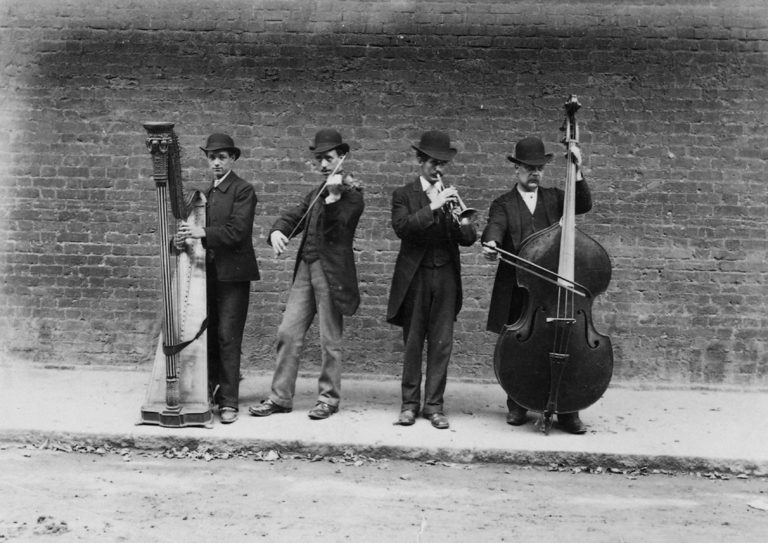
The image library
As well as those images available on Discovery, there are many more which have been digitised and can be viewed on our image library at images.nationalarchives.gov.uk. You can search the image library using keywords and categories.
You can also use the advanced search function and search by catalogue reference. If you have already identified, through searching Discovery, that you are interested in COPY 1 or WORK 25, you can include these references in the advanced search form and you will only see results from those record series.
If you have identified a specific record in the catalogue that you are interested in, it is always worth searching for its document reference in the image library, just in case it has already been digitised and is available to view.
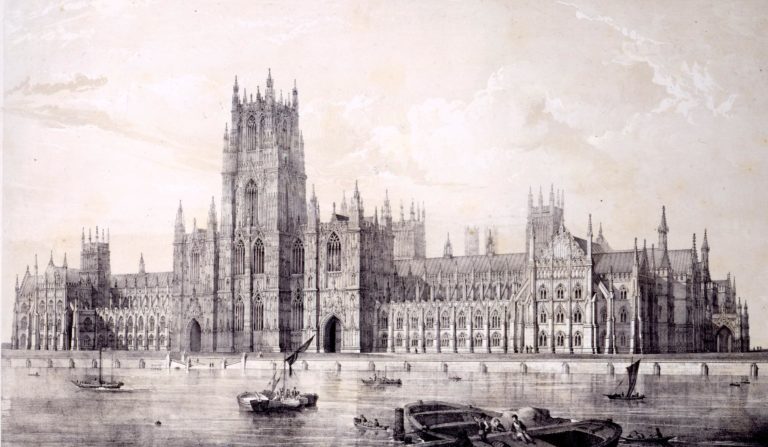
Blogs and education web pages
The National Archives webpages are full of information about our records as well as digitised images. Our blog is often a good place to start as it contains articles from our records specialists about different areas of the collection and records of interest. Often these blogs identify records that have not yet been studied in depth, so don’t necessarily assume that everything covered in blogs has already been thoroughly researched. Blogs can be a great source of inspiration for your own research interests. Try searching the blog with keywords to find articles of interest.
Our education webpages present another fruitful area to investigate. These pages contain many digitised images of interesting visual records usually accompanied by useful information about their context and history. Try exploring these pages to find out about the kinds of records we hold and gather inspiration for your research.
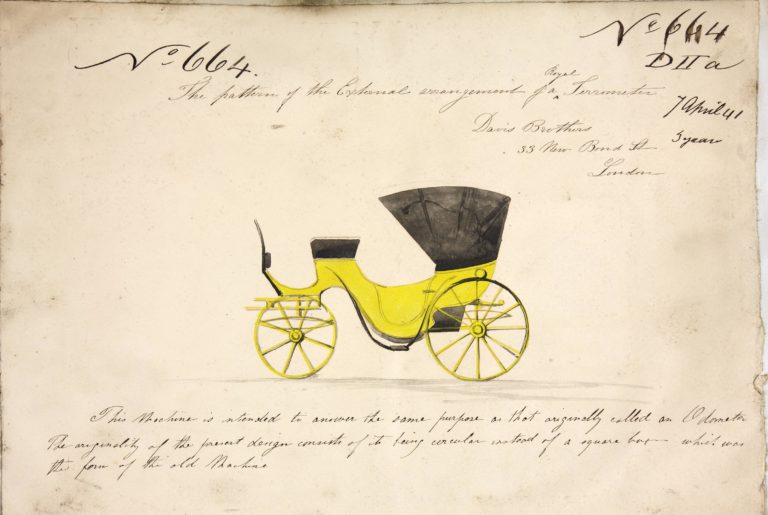
Published sources
Of course, books and articles can be a great way in to the visual collections, as authors have already explored certain records. By looking at research which has already been conducted, you can not only learn more about the collections but also find gaps where your own research could contribute.
Authors also often include reproductions of records from The National Archives and document references, enabling you to find the record they refer to in our catalogue. Look out for references which begin with TNA (The National Archives) or PRO (Public Record Office). Don’t forget that if you use online services, such as Google Books and Google Scholar, to find published sources while libraries are closed, you can search using document references too.
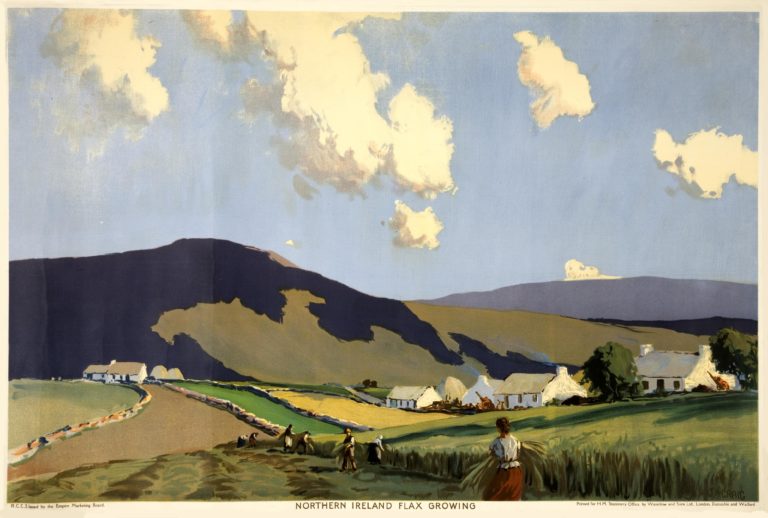
Other organisations
Many other organisations have digitised parts of their visual collections. Try visiting websites of museums and archives to see what they have available. Commercial historical picture libraries can also be useful for speculative searching.
Take a look at the following websites as a starting point:
- Victoria and Albert Museum: https://collections.vam.ac.uk/
- British Library Images Online:https://imagesonline.bl.uk/
- Smithsonian Collections Search Centre:https://collections.si.edu/search/
- Royal Photographic Society Resources: https://rps.org/resources/
- The William Henry Fox Talbot Catalogue Raisonné:https://talbot.bodleian.ox.ac.uk/
- Europeana: https://www.europeana.eu/en/collections
- Mary Evans Picture Library: https://www.maryevans.com/
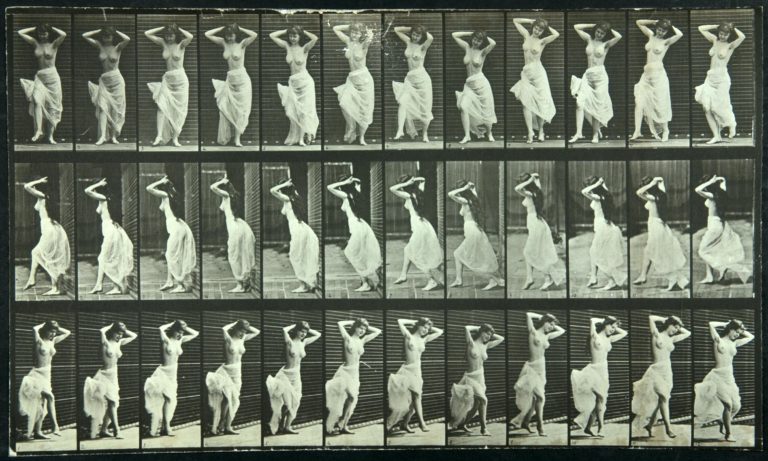
Good research practice
Don’t forget good practice for archival research even when you can’t visit the archive itself. Remember to always keep a note of document references you find online so that you can easily keep track of your research process and find records in our catalogue if you need them again.
We hope with these tips you will be able to continue your research with visual collections using online resources and come back to the archive fully prepared and raring to go!
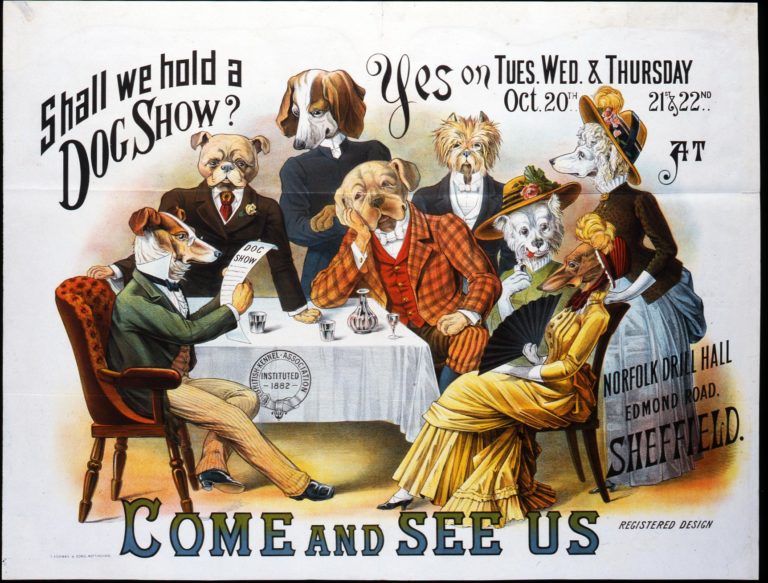
Both a timely reminder for the experienced and an interesting resource for those of us less so.
Has the National Archives any plans to make documents already available to download free of charge during the current situation?
It would be a great help to many and – having introduced more people to the convenience of downloading material – I’m sure many would pay once the current travel and other restrictions were lifted.
I agree with Richard. I do hope TNA will make documents already available to download free of charge during the current situation.
As Richard and Adrian say, free access To digitised archive would help us a lot
TNA said they were going to do this over a week ago on Twitter, but still not happened:
https://twitter.com/UkNatArchives/status/1245340191964958721
We’re still working hard on bringing everyone free access to our digitised records – stay tuned to our website and social media channels as we’ll post any updates here first. Thanks for your patience.